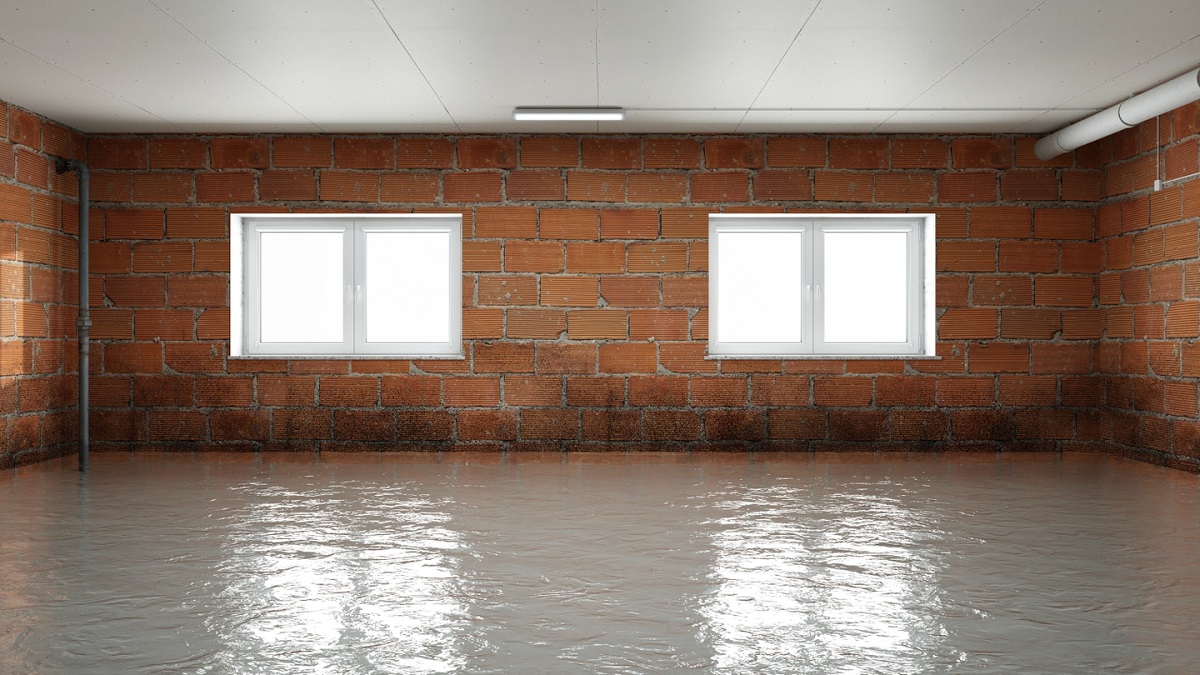

Articles
How To Stop Your Basement From Flooding
Modified: March 2, 2024
Learn effective strategies and preventive measures to stop basement flooding. Discover helpful articles and solutions to keep your basement dry and protected.
(Many of the links in this article redirect to a specific reviewed product. Your purchase of these products through affiliate links helps to generate commission for Storables.com, at no extra cost. Learn more)
Introduction
Welcome to our comprehensive guide on how to stop your basement from flooding. Basements are a valuable part of any home, providing extra living space, storage, and even recreational areas. However, they can also be prone to flooding, which can lead to costly damages and inconvenience. Understanding the causes of basement flooding and taking preventative measures can help protect your home and belongings.
Basement flooding can be caused by various factors, including heavy rain, groundwater seepage, poor drainage, or plumbing failures. It is essential to identify the root cause of the problem to implement effective solutions. In this article, we will explore practical steps you can take to prevent basement flooding and keep your home dry and safe.
Key Takeaways:
- Prevent basement flooding by maintaining gutters, extending downspouts, installing window well covers, waterproofing walls, and checking for foundation cracks. Implementing these measures can safeguard your home from water damage and keep your basement dry.
- Implementing French drains, sump pumps, and proper landscaping and grading techniques can effectively manage water runoff, reduce soil saturation, and prevent basement flooding. Regular maintenance and proactive planning are key to protecting your home from water-related challenges.
Read more: How To Stop Water From Flooding The Patio
Understanding the Causes of Basement Flooding
Before we delve into the preventative measures, it’s crucial to understand the common causes of basement flooding. By identifying these causes, you can take appropriate actions to mitigate the risk of flooding in your basement.
1. Heavy Rainfall: One of the primary causes of basement flooding is heavy rainfall. When the ground becomes saturated with water, it can enter your basement through cracks in the foundation walls or floor. Ensuring proper drainage and taking steps to redirect rainwater away from your foundation can help prevent flooding.
2. Poor Drainage: Inadequate drainage around your home can contribute to basement flooding. If the soil around your foundation does not slope away from the house, water can accumulate and eventually seep into the basement. Regularly inspect your gutters, downspouts, and yard drainage system to ensure proper functionality.
3. Plumbing Issues: Faulty plumbing or burst pipes can result in flooding in your basement. It is essential to regularly inspect your plumbing system, fix leaks promptly, and consider installing a water leak detection system to detect any issues before they cause significant damage.
4. Groundwater Seepage: In some cases, basement flooding can be caused by groundwater seepage. If your home is situated in an area with a high water table or poor soil drainage, water can seep through the foundation and flood your basement. Installing a sump pump or a perimeter drain system can help manage groundwater and prevent flooding.
5. Foundation Issues: Cracks or gaps in the foundation walls or floor can provide an entry point for water, leading to basement flooding. Regularly inspect your foundation for any signs of damage and consider sealing any cracks or gaps to prevent water infiltration.
By understanding these common causes of basement flooding, you can take proactive measures to prevent water damage and keep your basement dry and secure. In the following sections, we will explore various strategies you can implement to protect your basement from flooding.
Clearing and Maintaining Gutters and Downspouts
One of the essential steps in preventing basement flooding is ensuring that your gutters and downspouts are clear and functioning properly. Gutters and downspouts play a crucial role in directing rainwater away from your home’s foundation, preventing water from seeping into your basement.
Here are some tips to help you clear and maintain your gutters and downspouts:
- Regular Cleaning: Clean your gutters at least twice a year, in spring and fall, to remove debris such as leaves, twigs, and dirt. Use a ladder to access your gutters, wear appropriate safety gear, and use a garden trowel or scoop to remove the debris. Dispose of the debris in a compost bin or yard waste bag.
- Check for Clogs: While cleaning your gutters, check for any clogs or blockages in the downspouts. Use a garden hose to flush out any debris and ensure that water is flowing freely through the downspouts. If necessary, use a plumber’s snake or a pressure washer to clear stubborn clogs.
- Inspect for Damage: While cleaning your gutters, inspect them for any damage, such as cracks, gaps, or sagging sections. Ensure that the gutters are securely attached to your home. Replace any damaged sections or tighten loose fasteners to prevent water from overflowing and causing damage to your foundation.
- Install Gutter Guards: Consider installing gutter guards or leaf guards to prevent debris from clogging your gutters. These guards can help maintain proper water flow and minimize the frequency of gutter cleaning. There are various types of gutter guards available, including mesh screens, foam inserts, and brush-style guards.
- Redirect Downspouts: Ensure that your downspouts extend at least 5-10 feet away from your home’s foundation. Use downspout extensions or splash blocks to redirect the water away from your basement. This will help prevent excessive water accumulation near the foundation and reduce the risk of basement flooding.
By regularly clearing and maintaining your gutters and downspouts, you can ensure proper water flow and minimize the chances of basement flooding. In the next section, we will explore the importance of extending and directing downspout extensions to further protect your basement.
Extending and Directing Downspout Extensions
In addition to clearing and maintaining your gutters, it is crucial to extend and direct your downspout extensions away from your home’s foundation. Downspouts play a vital role in directing rainwater from the gutters and preventing it from pooling near the basement, which can lead to flooding.
Here are some steps to extend and direct your downspout extensions effectively:
- Measure the Distance: Determine the distance you need to extend your downspout extensions away from your home’s foundation. Ideally, the downspouts should discharge water at least 5-10 feet away to ensure that it doesn’t flow back toward your basement.
- Purchase Extensions: Visit your local home improvement store or online retailers to purchase downspout extensions of appropriate length. Choose extensions that are durable, easy to install, and compatible with your existing downspouts.
- Secure the Extensions: Attach the downspout extensions securely to your existing downspouts. Depending on the type of extension, you may need to use connectors, clamps, or screws to ensure a tight and secure fit. Follow the manufacturer’s instructions for proper installation.
- Direct the Water Flow: Point the downspout extensions in the direction that allows the water to flow away from your foundation. Avoid directing the extensions toward neighboring properties or areas where the water can collect and cause flooding elsewhere.
- Consider Underground Extensions: If you prefer a more discreet solution, you can opt for underground downspout extensions. These extensions channel the water underground and discharge it safely away from your basement. They are particularly useful if you have limited space or aesthetics are a concern.
Extending and directing your downspout extensions effectively will help ensure that rainwater is directed away from your foundation, minimizing the risk of basement flooding. However, it is essential to regularly inspect and maintain these extensions to prevent clogs or damage that could impede water flow.
In the next section, we will explore the importance of installing window well covers as another preventive measure against basement flooding.
Installing Window Well Covers
When it comes to protecting your basement from flooding, one often overlooked area is the window wells. Window wells are the depressions around basement windows that allow natural light into the lower levels of the house. However, they can also be a potential entry point for water during heavy rains or excessive groundwater.
Installing window well covers is an effective way to prevent water from entering your basement through the window wells. These covers are typically made of durable materials such as plastic, metal, or polycarbonate, and are designed to fit securely over the window wells.
Here’s why installing window well covers is important:
- Prevent Water Accumulation: During heavy rains, window wells can quickly fill up with water. This water can easily seep into the basement through the window frames, causing flooding. Window well covers act as a barrier, preventing water from pooling in the wells and protecting your basement from water damage.
- Keep Debris Out: Window wells can easily collect leaves, branches, debris, and even small animals. These can clog the drains in the window wells and hinder proper water drainage. Window well covers help keep out debris, allowing water to flow freely without obstruction.
- Add Security and Safety: Window well covers not only protect against flooding but also add an extra layer of security to your basement. They act as a deterrent to unwanted entry, preventing intruders or animals from accessing your basement through the window wells. Additionally, they provide a safety measure by preventing accidents and falls into the wells.
- Increase Energy Efficiency: Window well covers can also help improve the energy efficiency of your basement. By covering the window wells, you reduce the potential for cold air to enter, thus reducing heat loss in the winter and reducing the workload on your HVAC system.
Installing window well covers is a relatively simple and affordable DIY project. Measure the dimensions of your window wells and purchase covers that fit properly. Installation usually involves attaching the covers securely to the surrounding materials or using clips or brackets provided by the manufacturer. Consult the manufacturer’s instructions for specific installation guidelines.
By installing window well covers, you can protect your basement from water damage, debris, and unwanted entry while improving energy efficiency and safety. In the next section, we will explore the importance of waterproofing walls and floors as another preventative measure against basement flooding.
Read more: What To Do When Your Basement Is Flooded
Waterproofing Walls and Floors
Waterproofing your basement walls and floors is a crucial step in preventing basement flooding. When water seeps through the foundation walls or floor, it can lead to extensive water damage, mold growth, and structural issues. By applying waterproofing measures, you can create a barrier that prevents water from penetrating into your basement.
Here are some effective methods for waterproofing basement walls and floors:
- Exterior Waterproofing: External waterproofing involves excavating the soil around the foundation and applying a waterproof coating or membrane to the exterior walls. This method helps prevent water from reaching the foundation walls, ensuring a dry and protected basement. It is typically recommended for new construction or major renovations.
- Interior Waterproofing: Interior waterproofing involves treating the interior walls and floors of the basement to create a barrier against water penetration. This method is more commonly used in existing homes and can be done using various techniques, including waterproofing paints, sealants, and water-resistant membranes. Interior drainage systems, such as French drains, can also be installed to redirect water away from the foundation.
- Crack Sealing: Cracks in the basement walls or floors are common entry points for water. Thoroughly inspect your basement for any cracks and seal them using an appropriate waterproofing sealant or hydraulic cement. This will help prevent water from seeping through and causing basement flooding.
- Epoxy Injection: For larger cracks or structural issues, epoxy injection can be an effective solution. This process involves injecting epoxy resin into the cracks, which then hardens and seals the cracks, preventing further water infiltration. Epoxy injection is typically done by professionals and can provide a long-lasting waterproofing solution.
- Vapor Barrier Installation: Installing a vapor barrier on basement walls and floors helps prevent moisture from seeping through. These barriers are made of thick plastic or foil sheets and are installed before finishing the basement. Vapor barriers create a barrier against moisture, reducing the risk of mold growth and water damage.
Properly waterproofing your basement walls and floors can significantly reduce the risk of basement flooding and associated water damage. While some waterproofing methods can be DIY projects, it is often recommended to consult with a professional to ensure the most effective and long-lasting solution for your specific needs.
In the next section, we will discuss the importance of checking and repairing foundation cracks as a preventative measure against basement flooding.
Make sure your gutters and downspouts are clear of debris to prevent water from pooling around your foundation. Extend downspouts away from the house to direct water away from the basement.
Checking and Repairing Foundation Cracks
Foundation cracks can be a major cause of basement flooding. When left unaddressed, these cracks can allow water to seep into your basement, leading to potential water damage and mold growth. Regularly checking for foundation cracks and promptly repairing them is an essential step in preventing basement flooding.
Here’s how you can check and repair foundation cracks:
- Visual Inspection: Conduct a visual inspection of your foundation to identify any visible cracks. Look for cracks in both the exterior and interior walls of your basement. Pay attention to areas where water stains or signs of moisture are present, as these are indicators of potential cracks.
- Monitor Cracks: If you notice any cracks in the foundation, monitor them over time to determine if they are actively seeping water. Use a flashlight and magnifying glass to examine the cracks closely. Take photos and note any changes in size, shape, or water seepage that you observe.
- Measure Crack Width: Use a ruler or measuring tape to measure the width of the cracks. This information will help determine the severity of the cracks and guide you in selecting the appropriate repair method.
- Repair Small Cracks: Small, hairline cracks can often be repaired using epoxy or polyurethane injections. These injections fill the cracks and create a waterproof seal. Follow the manufacturer’s instructions and ensure proper preparation and application of the chosen repair material.
- Seek Professional Help: For larger or more significant cracks, it is recommended to seek the assistance of a foundation repair professional. These experts can assess the severity of the cracks and implement the most appropriate repair strategy, which may involve more advanced techniques such as carbon fiber strips or foundation underpinning.
- Maintain Foundation: Keeping your foundation well-maintained is crucial in preventing cracks. Ensure proper drainage around your home by clearing gutters, extending downspouts, and grading the soil away from the foundation. Periodically inspect the foundation for any signs of settlement or shifting that could lead to cracks.
Regularly checking and repairing foundation cracks is vital to preventing basement flooding. By addressing these cracks promptly, you can maintain the integrity of your foundation and mitigate the risk of water infiltration into your basement.
In the next section, we will discuss the importance of installing sump pumps and backup systems to further protect your basement from flooding.
Installing Sump Pumps and Backup Systems
Installing a sump pump and backup system is a crucial step in safeguarding your basement against flooding. A sump pump is a device that helps remove water collected in a sump pit or basin, preventing it from flooding your basement. A backup system ensures that your sump pump continues to operate even during power outages or pump failures.
Here’s why installing a sump pump and backup system is important:
- Water Removal: During heavy rains or in areas with high water tables, water can accumulate around your foundation. A sump pump removes this water from the sump pit or basin and pumps it away from your basement, preventing flooding.
- Protection During Power Outages: Power outages are common during severe storms, precisely when you need your sump pump to be operational. Installing a backup system, such as a battery-powered sump pump or a water-powered backup pump, ensures that water can still be removed from the sump pit even without electricity.
- Pump Failure Protection: Sump pumps can fail due to mechanical issues or clogging. Having a backup system in place provides peace of mind knowing that your basement is still protected even if your primary sump pump malfunctions.
- Early Warning Systems: Some sump pump and backup systems feature early warning alerts or alarms that notify you of potential issues. These alerts can signal pump failure, high water levels, or power outages, allowing you to take prompt action.
- Professional Installation: While some DIY-savvy homeowners may choose to install sump pumps and backup systems themselves, it is advisable to consult with a professional. They can assess your specific needs, recommend the right type and size of pump, and ensure proper installation and integration with your home’s plumbing system.
When installing a sump pump system, it’s important to consider the capacity, power source, and pump type that best suits your needs. Additionally, regularly maintaining your sump pump, testing it, and ensuring proper drainage from the sump pit are essential to its effective operation.
By installing a sump pump and backup system, you can significantly reduce the risk of basement flooding and protect your home, belongings, and investment. In the next section, we will explore the benefits of installing French drains as another preventive measure against basement flooding.
Installing French Drains
Installing French drains is an effective method for preventing basement flooding and redirecting water away from your home’s foundation. French drains are underground drainage systems that collect and absorb excess water, preventing it from pooling around your basement walls and causing potential flooding.
Here are the benefits of installing French drains:
- Water Management: French drains actively manage water by collecting it and redirecting it away from your home’s foundation. They use gravity and perforated pipes surrounded by gravel or rock to allow water to flow into the drain while filtering out debris.
- Prevent Basement Flooding: By intercepting and redirecting excess water away from your home’s foundation, French drains help prevent basement flooding. They create a barrier that helps keep water from seeping through foundation walls or accumulating around your basement, minimizing the risk of water damage.
- Reduce Soil Saturation: Excessive water saturation in the soil around your foundation can lead to hydrostatic pressure, which can cause structural damage to your basement walls. French drains help alleviate this pressure by collecting the water and directing it away, reducing the saturation level of the soil.
- Prevent Soil Erosion: Water runoff can cause soil erosion, which can compromise the stability of your foundation. French drains help control water runoff by capturing and redirecting it, preventing soil erosion and maintaining the integrity of your home’s foundation.
- Improve Yard Drainage: In addition to protecting your basement, French drains can also improve overall yard drainage. They help remove excess water from low-lying or problem areas in your yard, preventing waterlogging and creating a more conducive environment for plants and landscaping.
Installing French drains typically involves excavating trenches around the perimeter of your home’s foundation and installing the drain pipe and gravel. It is recommended to consult with a professional to ensure proper installation, especially if you have limited experience with landscaping or drainage systems.
Regular maintenance of French drains is important to ensure their effectiveness. Inspect the drains periodically, ensure they are clear of debris, and clean or replace the gravel as necessary. Proper maintenance will help prolong the life of the drains and maintain their functionality.
By installing French drains, you can effectively manage water around your home’s foundation, minimize the risk of basement flooding, and maintain a dry and secure basement. In the next section, we will explore the importance of landscaping and grading for proper drainage.
Landscaping and Grading for Proper Drainage
Proper landscaping and grading play a crucial role in preventing basement flooding. By ensuring that water is directed away from your home’s foundation, you can minimize the risk of water accumulation around your basement and reduce the chances of water seepage and flooding.
Here are some key considerations for landscaping and grading to achieve proper drainage:
- Slope Away from the Foundation: The terrain around your home should be sloped away from the foundation. This ensures that water drains naturally and away from your basement. The slope should be at least 6 inches in the first 10 feet from the foundation.
- Distribute Downspout Water: Direct the water from your downspouts away from the foundation. Add downspout extensions to ensure that water is discharged at least 5-10 feet away from the house. Alternatively, consider installing underground drainage pipes to carry water away from your home.
- Utilize Swales and Berms: Swales are shallow channels or depressions in the ground that help channel water away from your home. Berms, on the other hand, are raised areas of soil that can redirect water flow. Strategically incorporating swales and berms in your landscaping can redirect water and prevent it from pooling near your foundation.
- Use Permeable Surfaces: Consider using permeable materials, such as gravel, permeable pavers, or porous concrete, for outdoor surfaces. These materials allow water to filter through instead of pooling on the surface, reducing the risk of water seepage into your basement.
- Strategic Planting: Planting shrubs, trees, or other vegetation strategically around your home can help absorb and redirect water. Choose plants that thrive in moist conditions and have deep root systems that can help absorb excess water and stabilize the soil.
- Drainage Fixtures: Install additional drainage fixtures, such as catch basins or French drains, to effectively manage water runoff. These fixtures collect and redirect water away from your basement, ensuring proper drainage and minimizing the risk of flooding.
Regular maintenance of your landscaping and drainage systems is essential to ensure proper functionality. Clear debris from gutters and drainage channels, check for blockages in drainage fixtures, and monitor the grading around your home to ensure it remains sloped away from the foundation.
By properly landscaping and grading your property, you can effectively manage water runoff, control moisture levels around your foundation, and reduce the risk of basement flooding. In the next section, we will summarize the key points and conclude this guide on how to prevent basement flooding.
Conclusion
Preventing basement flooding is essential for any homeowner. By understanding the causes of basement flooding and implementing the appropriate preventative measures, you can protect your home, belongings, and investment from water damage and the inconvenience that comes with basement flooding.
In this comprehensive guide, we covered various strategies to help you prevent basement flooding:
- Understanding the causes of basement flooding, such as heavy rainfall, poor drainage, plumbing issues, groundwater seepage, and foundation cracks.
- Clearing and maintaining gutters and downspouts to ensure proper water flow and prevent water accumulation near the foundation.
- Extending and directing downspout extensions away from the foundation to minimize the risk of water seepage and basement flooding.
- Installing window well covers to prevent water and debris from entering through basement windows.
- Waterproofing walls and floors to create a barrier against water infiltration.
- Checking for foundation cracks and repairing them promptly to prevent water seepage into the basement.
- Installing sump pumps and backup systems to remove water from the basement and protect against power outages or pump failures.
- Installing French drains to redirect excess water away from your foundation and prevent basement flooding.
- Implementing proper landscaping and grading techniques to ensure water is directed away from the foundation and prevent water accumulation.
By combining these preventative measures, you can significantly reduce the risk of basement flooding and keep your home dry and safe.
Remember, regular maintenance and periodic inspections are crucial to ensure the continued effectiveness of these preventative measures. Stay vigilant and address any issues promptly to protect your basement and your home.
Ultimately, the key to preventing basement flooding lies in proactive planning and taking the necessary steps to safeguard your home against water damage. By implementing these strategies, you can enjoy peace of mind, even during heavy rains or other water-related challenges.
Protect your basement, protect your home. With the knowledge gained from this guide, you are equipped to take action and prevent basement flooding for years to come.
Frequently Asked Questions about How To Stop Your Basement From Flooding
Was this page helpful?
At Storables.com, we guarantee accurate and reliable information. Our content, validated by Expert Board Contributors, is crafted following stringent Editorial Policies. We're committed to providing you with well-researched, expert-backed insights for all your informational needs.
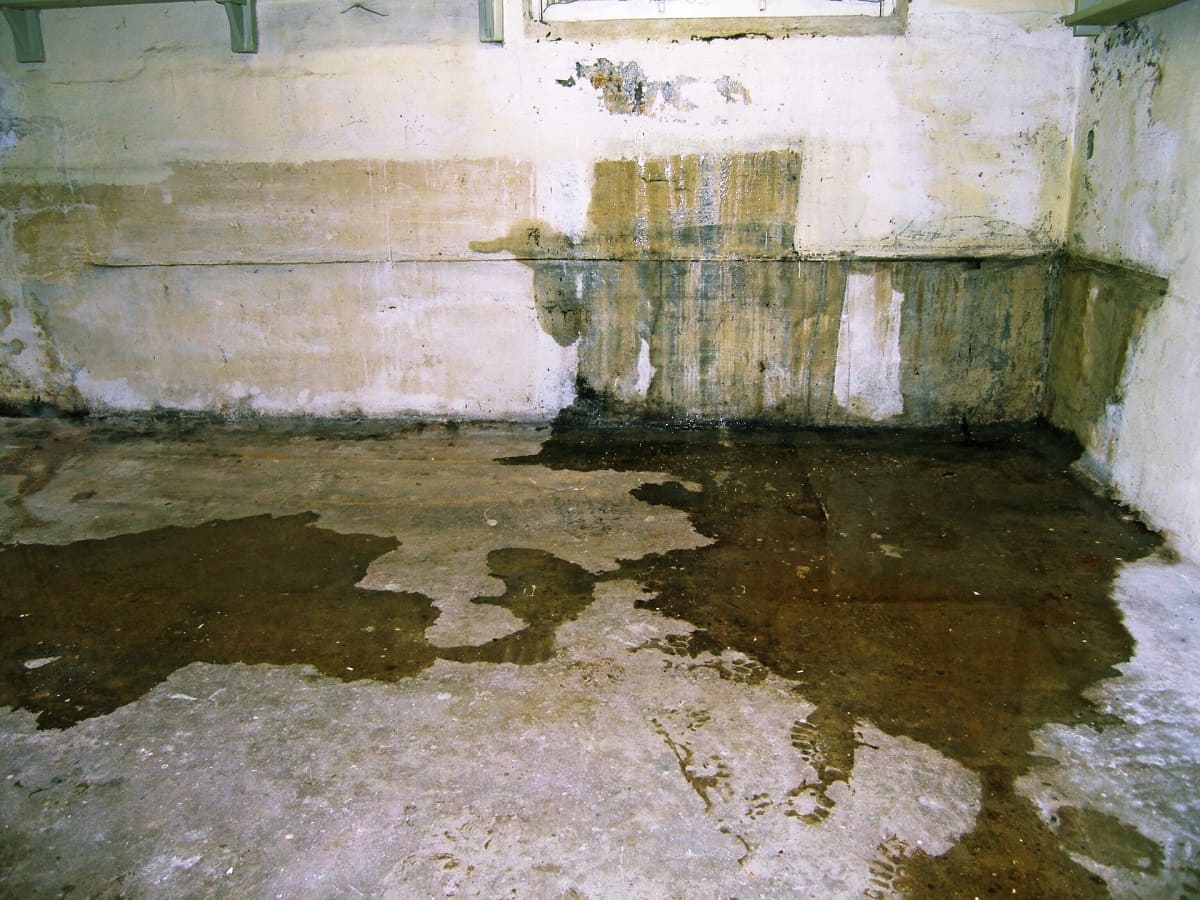
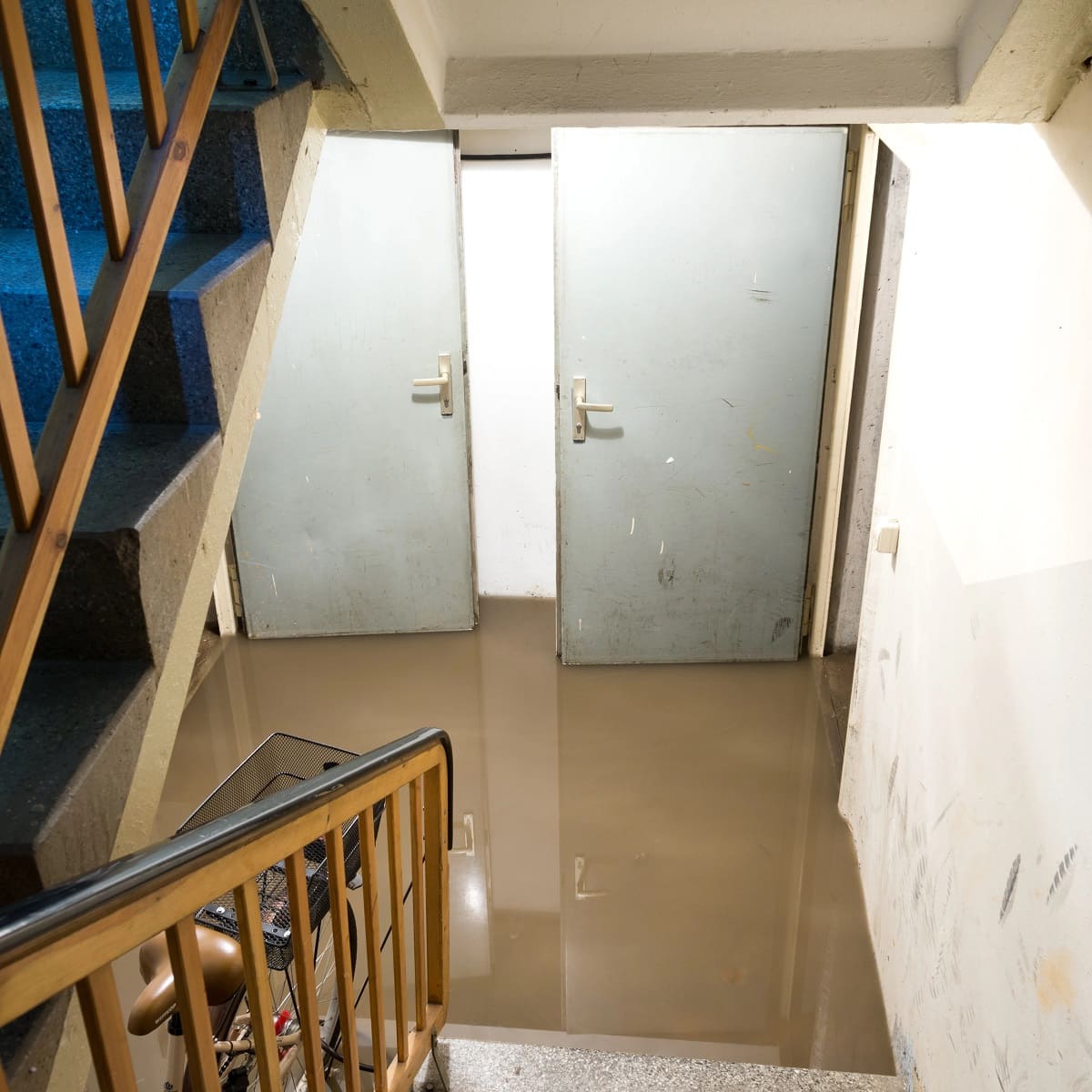
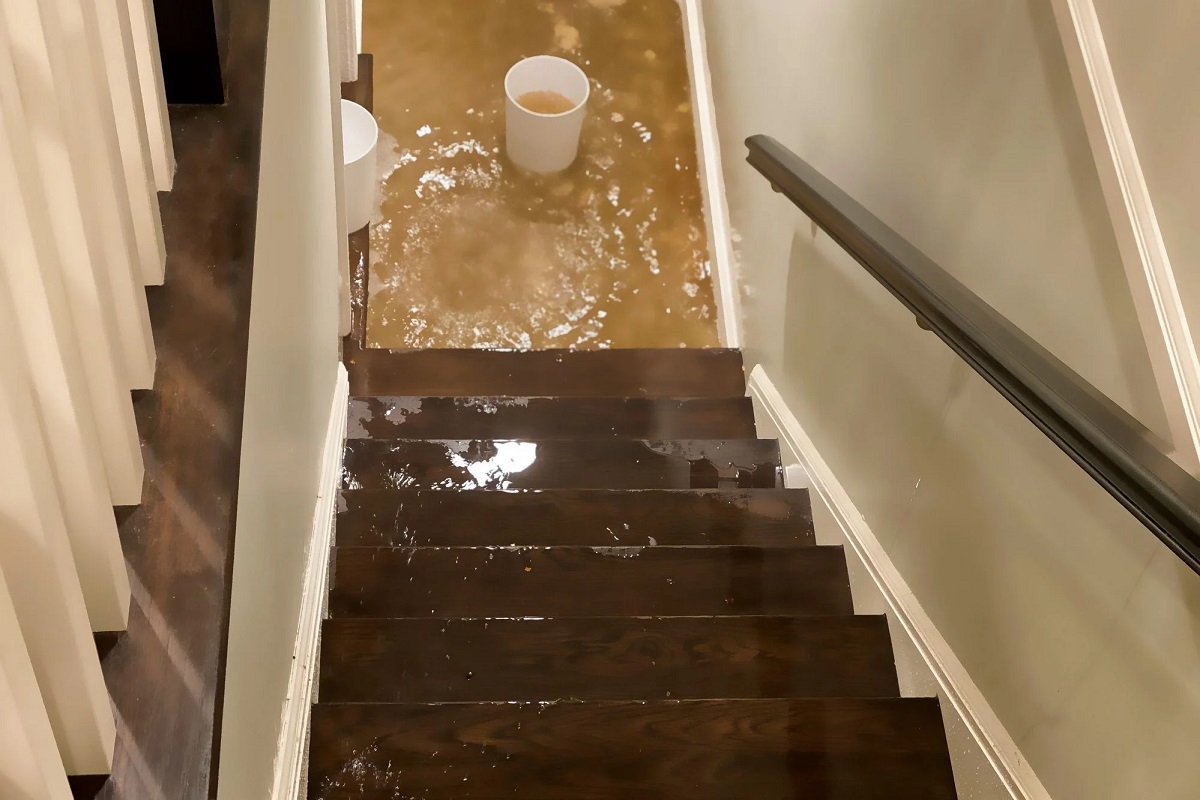
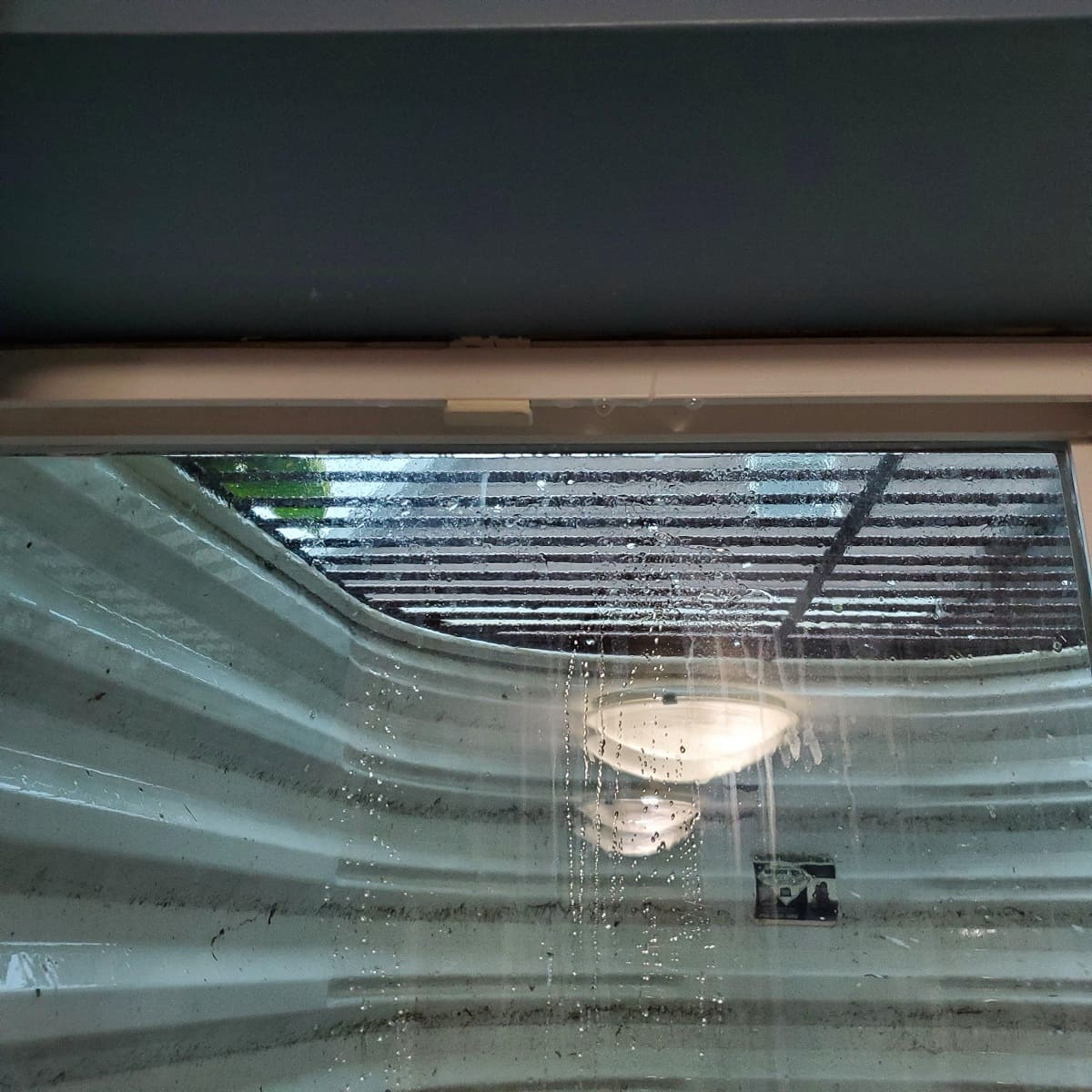
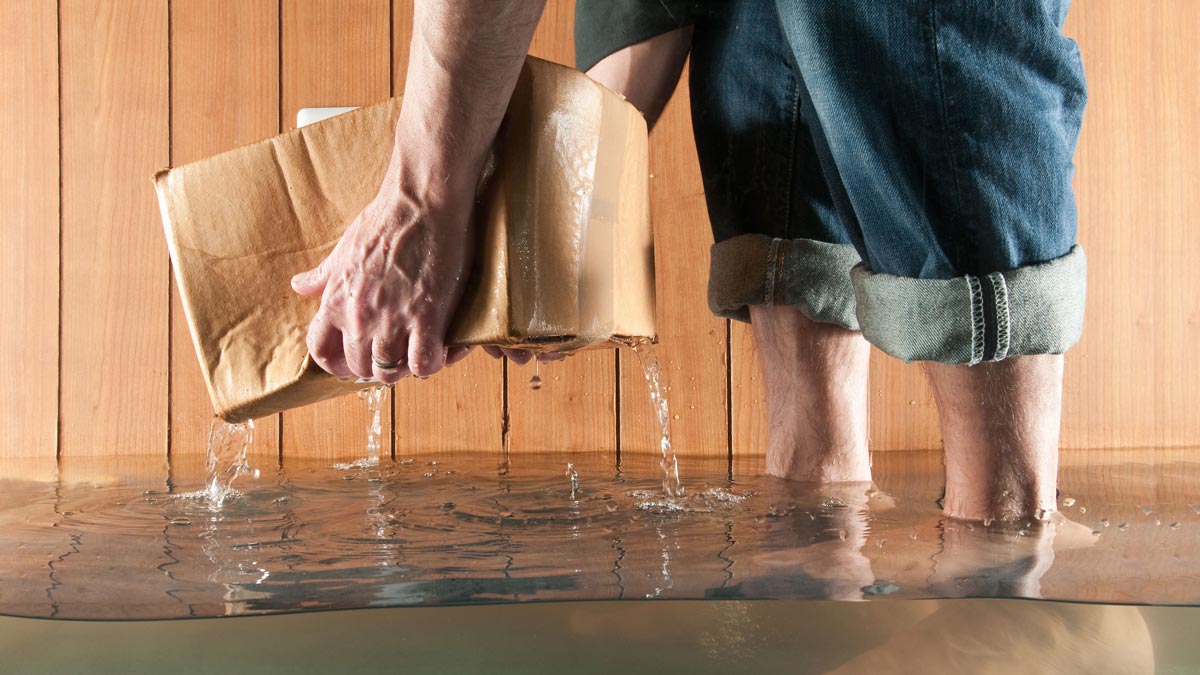
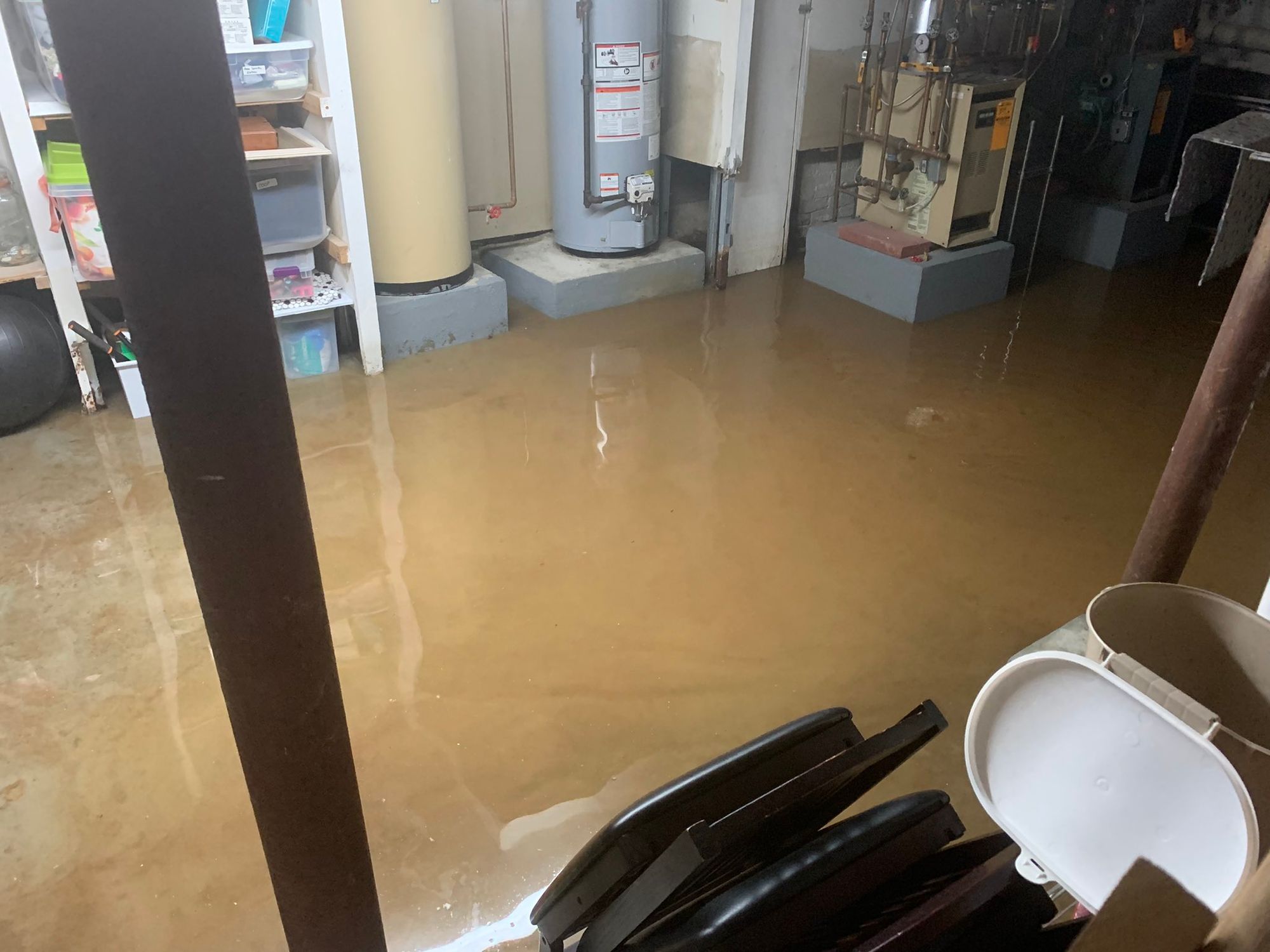
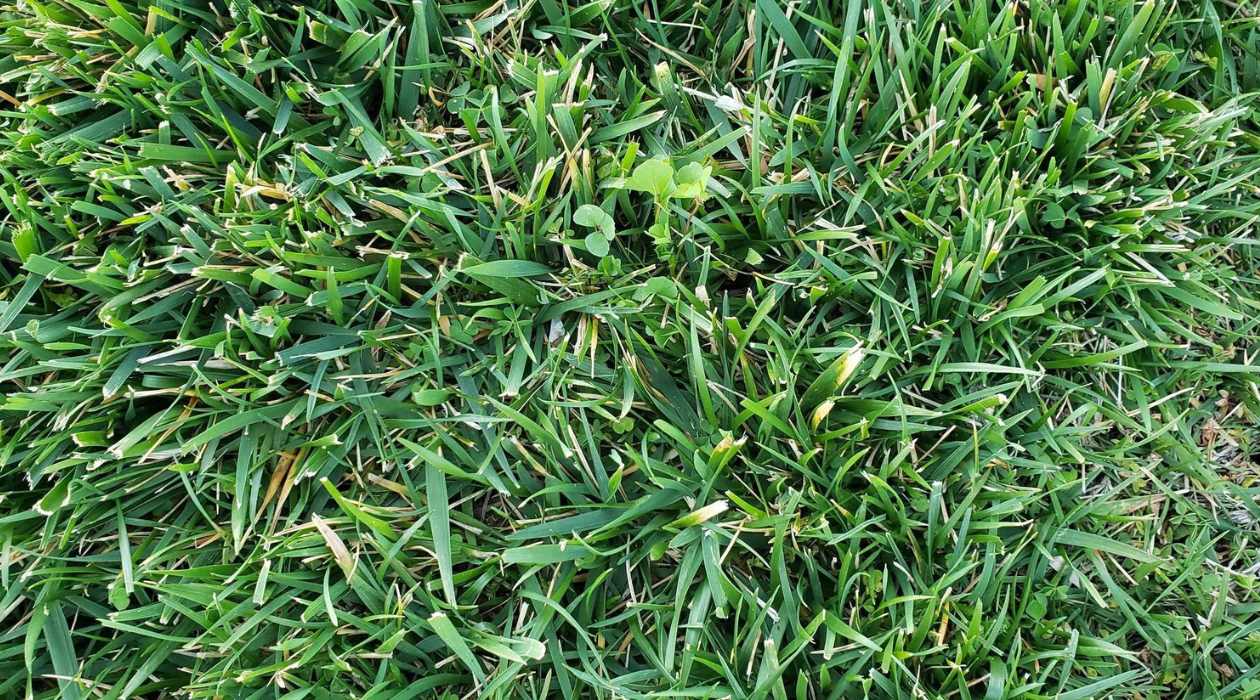
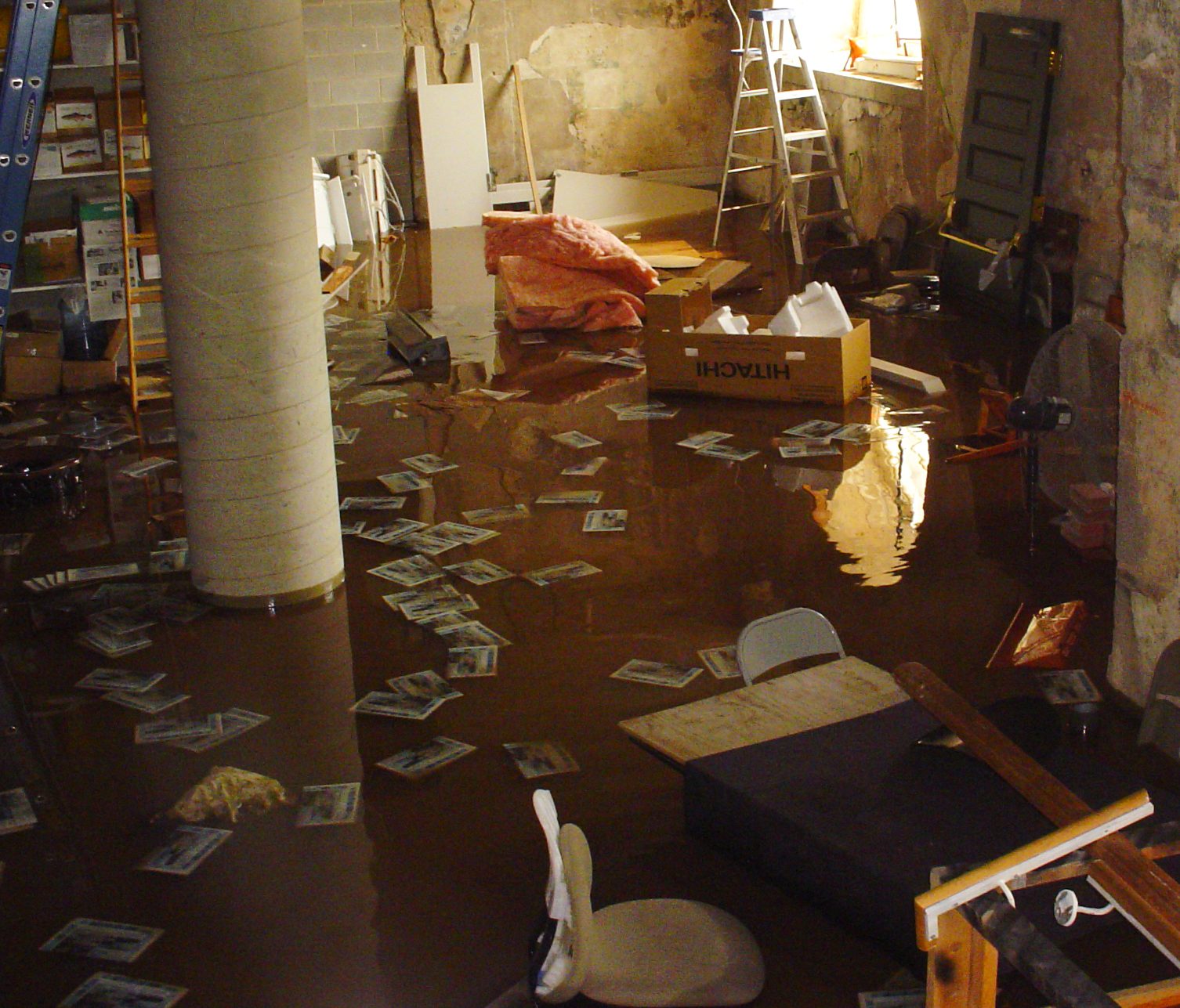
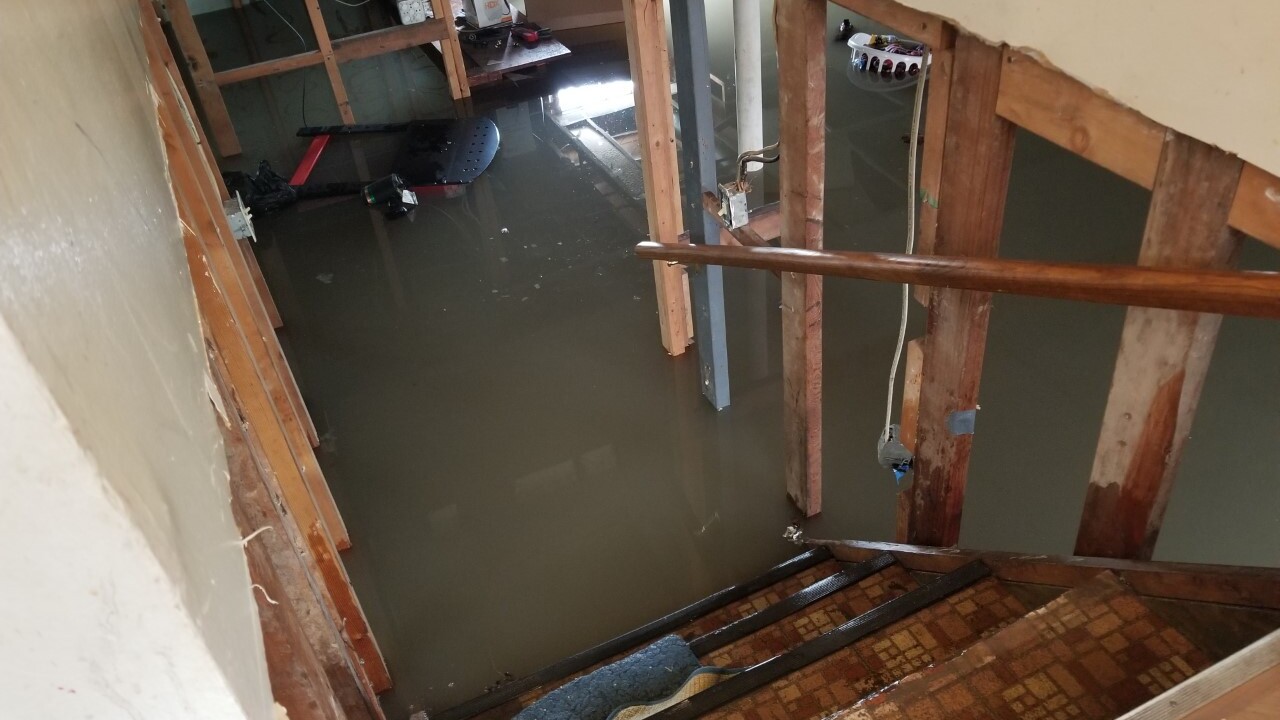

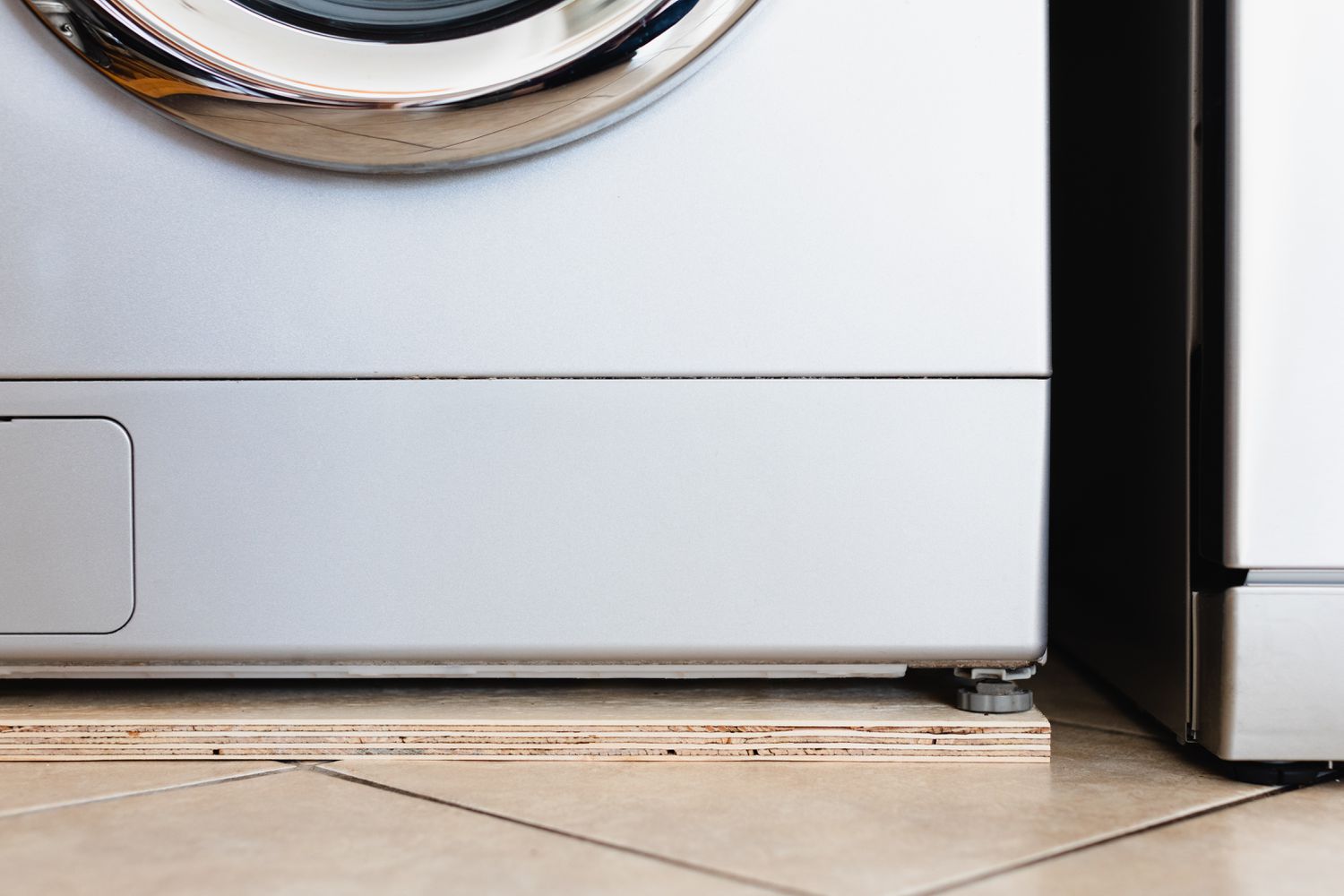
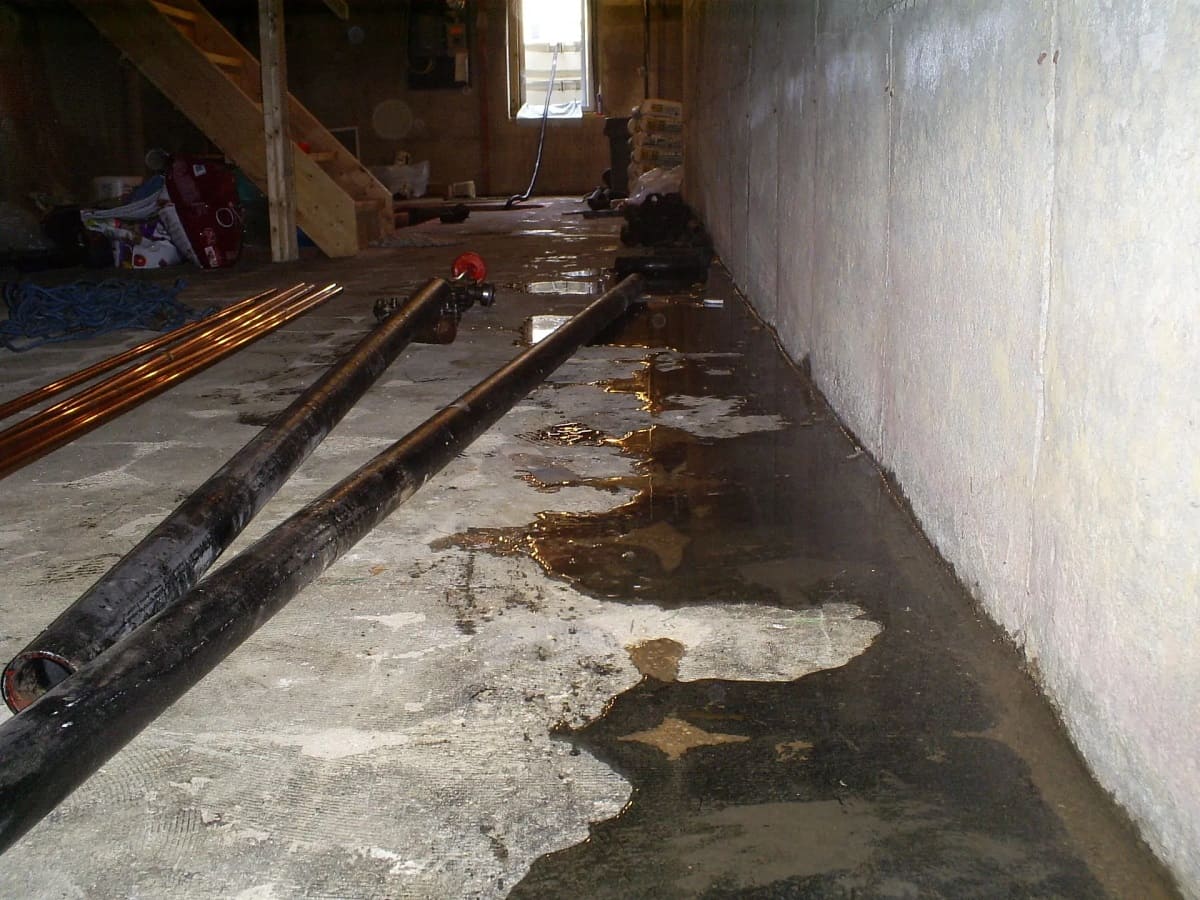
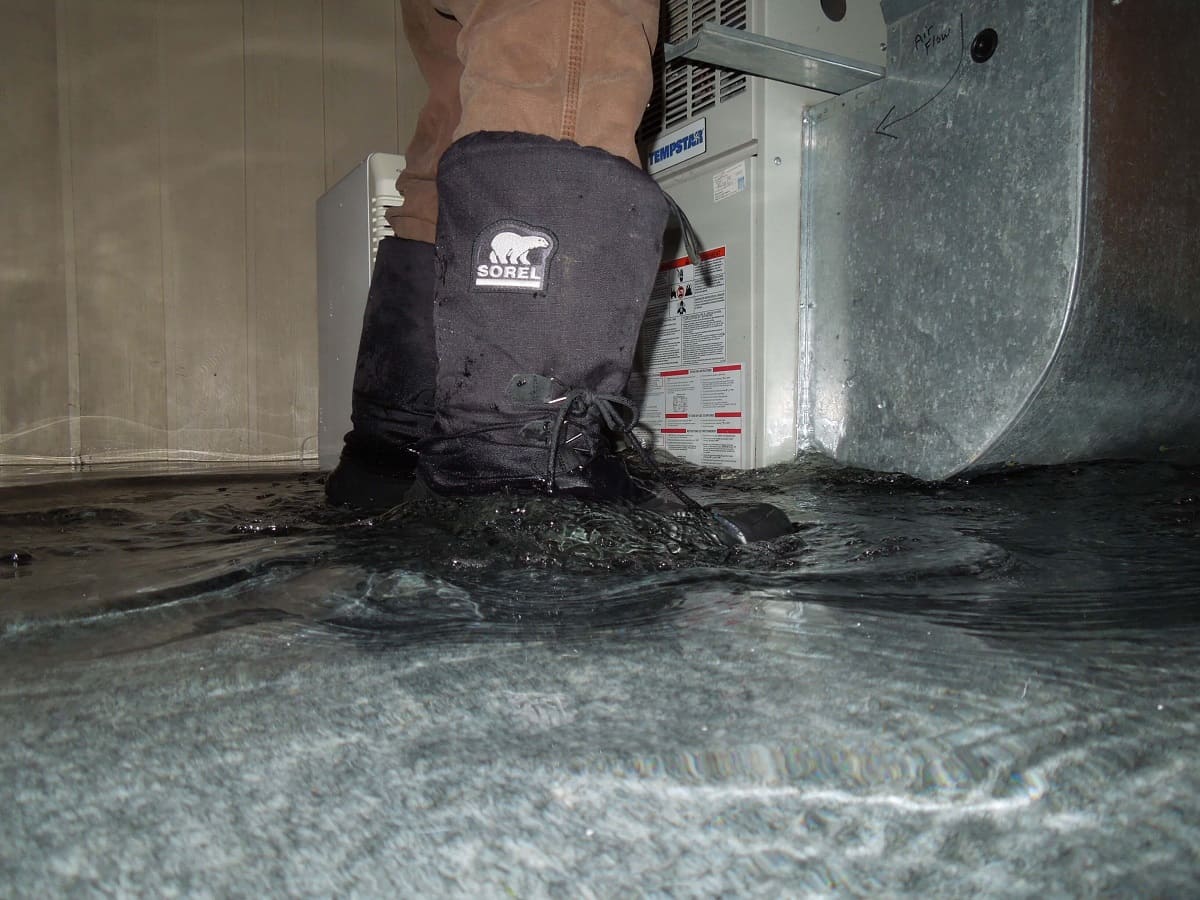

0 thoughts on “How To Stop Your Basement From Flooding”